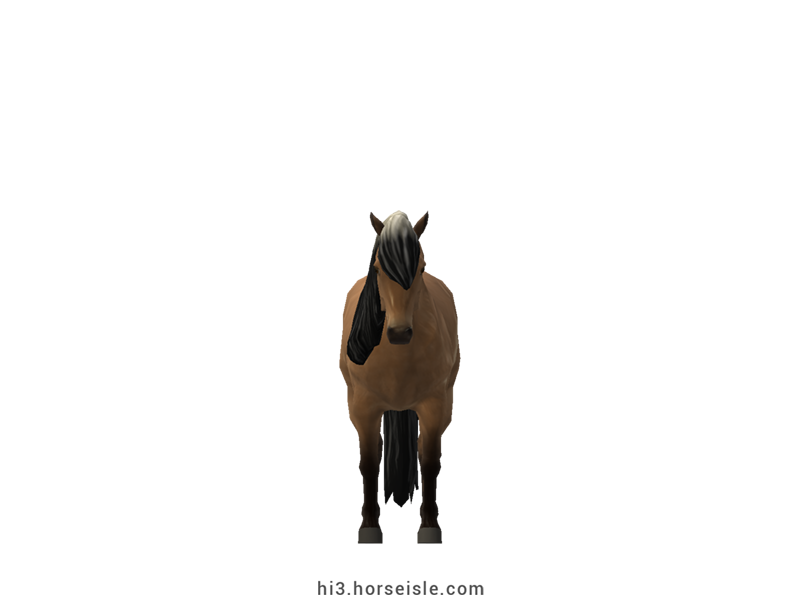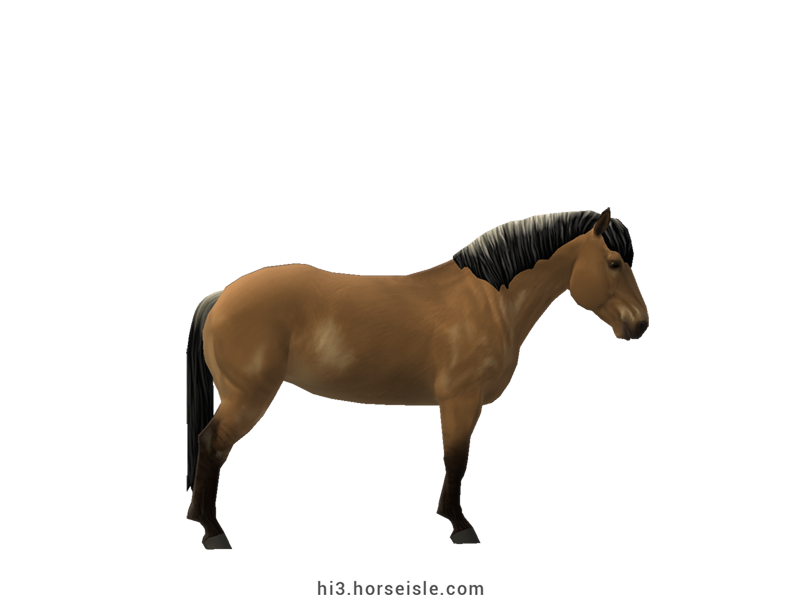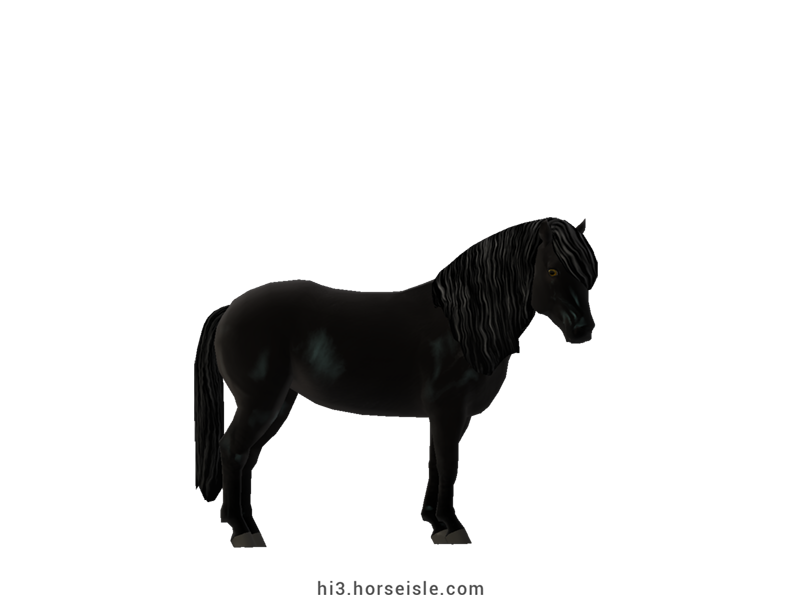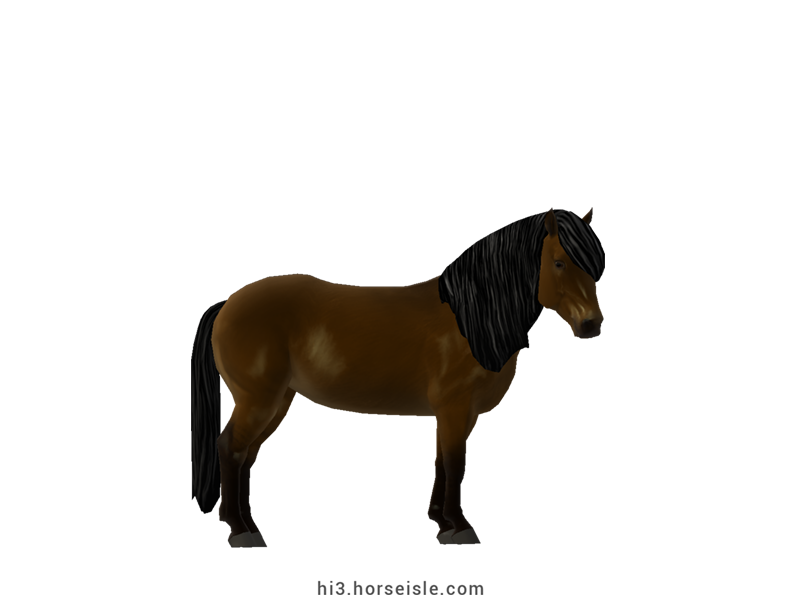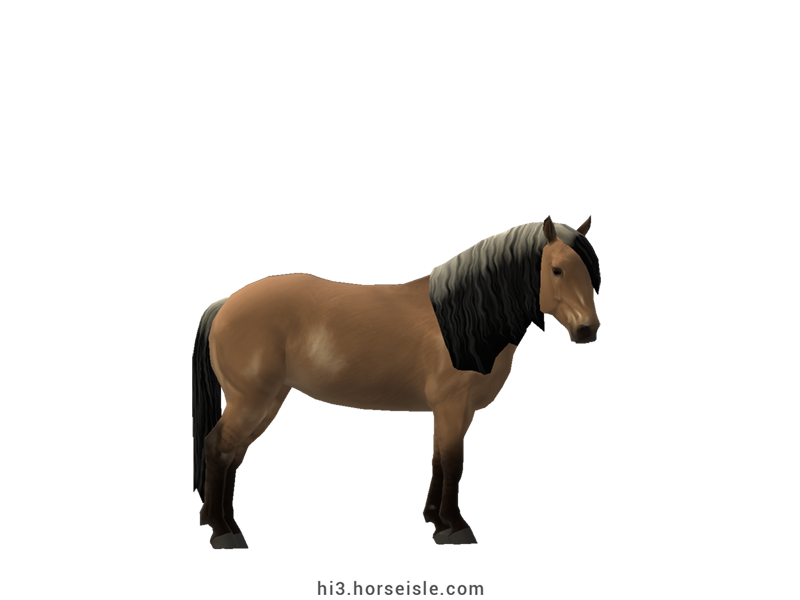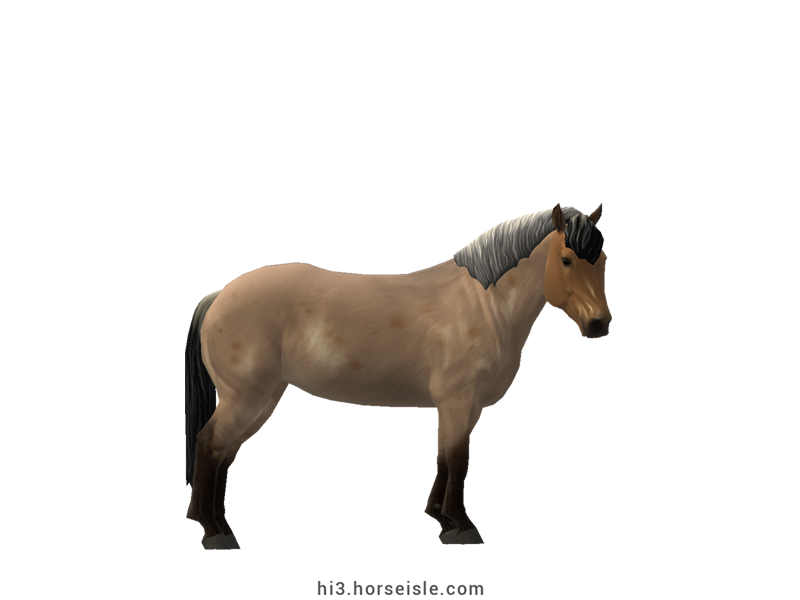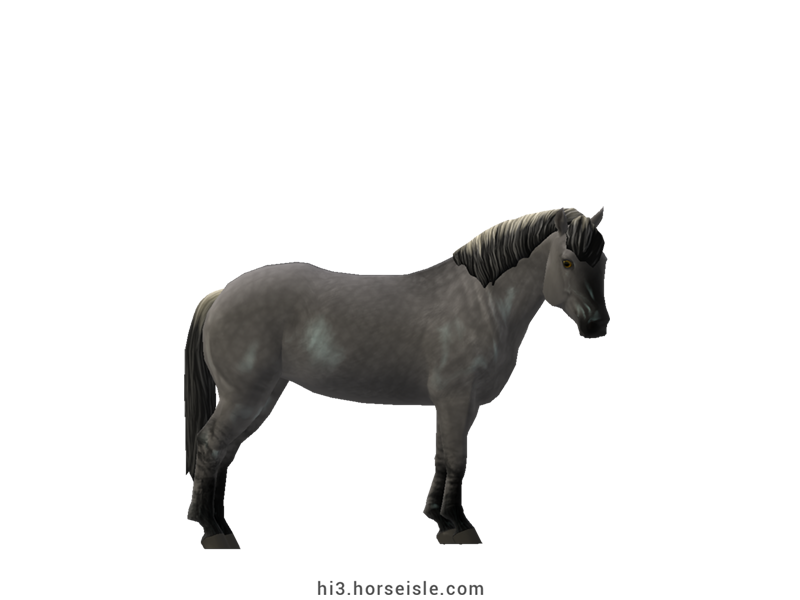Our Massive Real World Equine Reference!
[ INDEX ] Equine Type: Horse Breed: Vyatka [ PREV ] [ NEXT ]
From the river to the troika:
The ancestors of the Vyatka are native Russian horses, who roamed at the lush pasturelands on the bank of the Vyatka river, hence the breed's name. During the 14th century, these horses were crossed with Klepper and Estonian Native horses which were brought to the region. Crossing with Estonian Natives continued well into the 19th century, which is probably why the Vyatka's conformation somewhat resembles that of the Estonian's.
In parallel to using Estonian stock for the improvement of the Vyatka, breeders also used their Vyatka horses for various tasks, especially for pulling troikas -- a type of sled hitched to three horses -- through the deep Russian snow.
The Vyatka's strength and endurance made it a superb troika horse, and the breed became famous for its spectacular light-draft abilities. As such, Vyatka horses were soon exported to nearby countries, such as Poland, where they were used to improve some of the local horses.
From the troika to the brink of extinction:
The second half of the 19th century introduced advanced agricultural machinery that required larger, heavier draft horses for their operation. The beginning of the 20th century introduced transportation means that proved better than the traditional troikas. Vyatka horses soon fell out of favor, and breeders began to cross them with heavy drafts.
By the end of the 1910s the Vyatka nearly disappeared, and although it was re-established during the 1920s, it never regained its former glory.
The Vyatka today:
Today, the Vyatka exists in Russia in small numbers, and is locally prized for its strength and stamina that allow it to perform well in the Russian cold weather. Aside from being used for pulling troikas, the Vyatka also serves as a horse for recreational riding.
Conformation:
The head of the Vyatka is wide and deep, its profile straight or slightly concave. The neck is short and heavy, and connects to medium withers. short, heavy neck. The back is long, in accordance with the short legs that have small hooves, all are well-suited for carrying the Vyatka's overall muscular body.
The mane and tail grow coarse and thick, sometimes also wavy, and are usually medium to long in length. The legs are either clean from feathering, or have light feathering.
Performance metrics:
The following are the: range, average, (SD), and MOE of performance metrics of ordered Vyatkas in Horse Isle (not bred ones). In rare cases,
Speed: 14.7-16.3, 15.5 (0.30), 0.06.
Sprint: 51-65, 58 (3), 0.54.
Accel: 0.89-1.08, 0.99 (0.04), 0.01.
Decel: 0.99-1.14, 1.06 (0.03), 0.01.
Jump: 4.94-5.2, 5.08 (0.06), 0.01.
Pull: 2.45-3.11, 2.75 (0.15), 0.03.
Turning: 48-61.52, 54.80 (3.31), 0.65.
Reverse: 2.3-2.9, 2.6 (0.10), 0.03.
Stamina: 50.1-55.49, 52.60 (1.01), 0.20.
Reaction: 0.75-0.85, 0.8 (0.02), 0.00.
Coats & Height:
Colors: dun, black, brown-bay, and buckskin.
Breeding notes: Why no chestnut/double-cream?
While there are records of chestnut and double-cream Vyatkas, the breed's standard doesn't accept such colors. Therefore, Vyatkas in Horse Isle can't come in these colors as well. This means that breeders should avoid crossing two buckskin Vyatkas, as it might result in a perlino, non-Vyatka foal.
Additionals: Linebacked, roan*, sooty.
*Roan note Vyatkas do come in roan, but their roaning is far subtler than seen in other 'roan' breeds. The same applies for Vyatkas in Horse Isle, meaning that Vyarkas whose roaning is too prominent will be banned from registration.
Markings note: although real Vyatkas can sometimes be born with markings, both face and leg markings are highly undesirable. In Horse Isle, Vyatkas can rarely have a tiny star (which is mostly hidden underneath the forelock), but any Vyatkas who exhibit more prominent markings will be banned from registration.
Height: 13.2hh to 15hh
[ INDEX ] [ PREV ] [ NEXT ]



